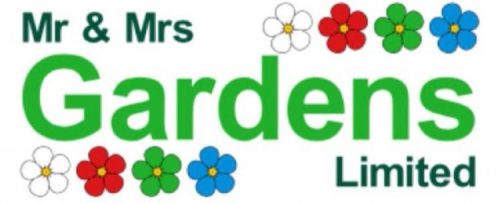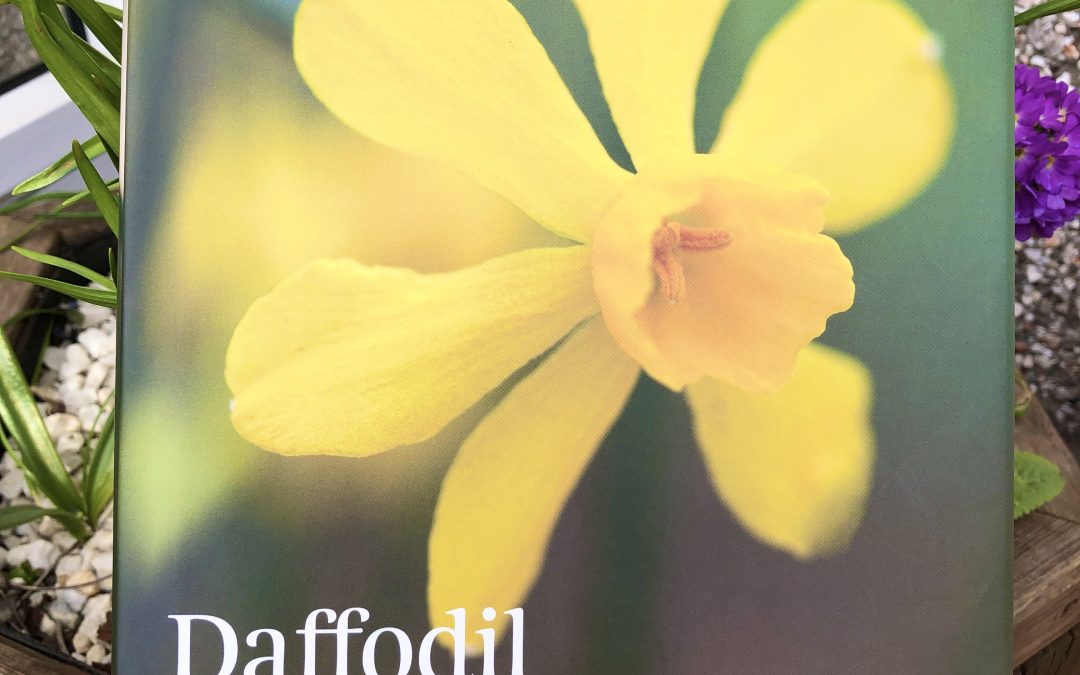The photographs on this blog are of daffodils growing in or near our garden. The photos were taken by us and are owned by Mr & Mrs Gardens Limited. They are not photographs from the book.
I purchased this book about daffodils because they are one of my favourite plants. I wrote a blog about my love of daffodils in Febuary of 2020. You can link to that blog post here: The Ubiquitous Daffodil.
Although I adore daffodils I don’t grow a huge amount of them in my garden. I wanted to change this. I wanted to introduce more varieties, but before doing so I wanted to learn more about these plants. This book provided just the learning and knowledge I was looking for. I enjoyed every page.
Introductory Chapter
The book begins with an introduction to this easily recognised and much loved plant. It can be found absolutely everywhere – in gardens and green spaces all over the UK. The introduction to the book explains why it is such a ubiquitous plant. Its biology (daffodils last, multiply and spread), its history (where the British went, so did the daffodil), its social and cultural adoption (much like the tulip, the daffodil became a cult plant).
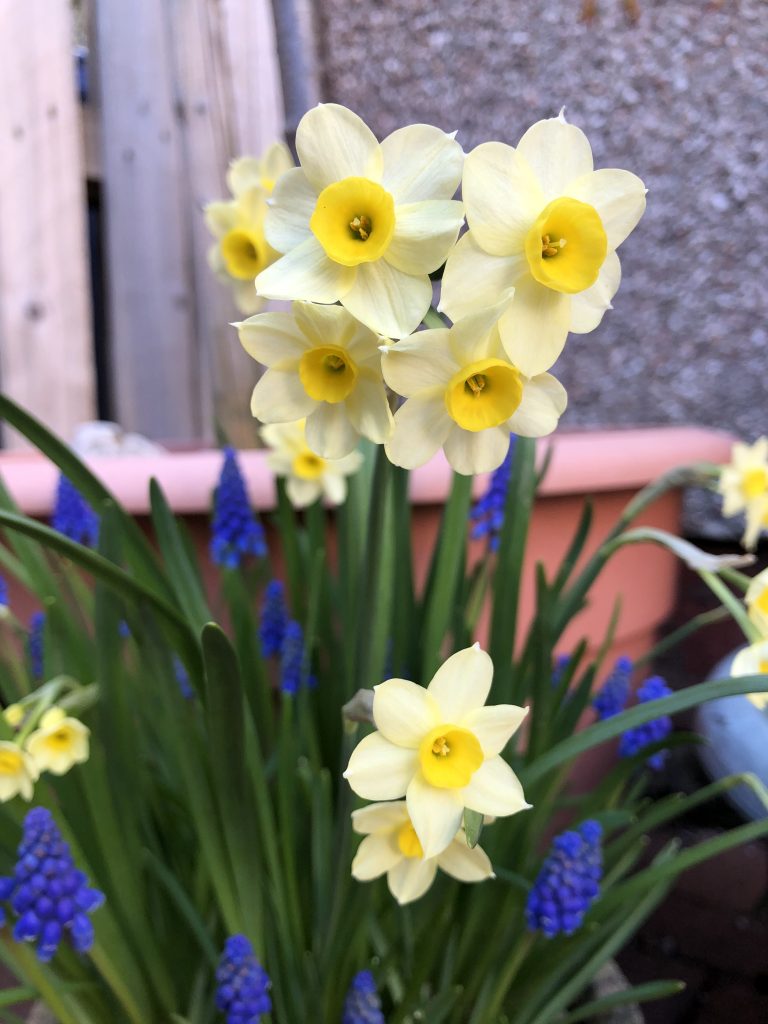
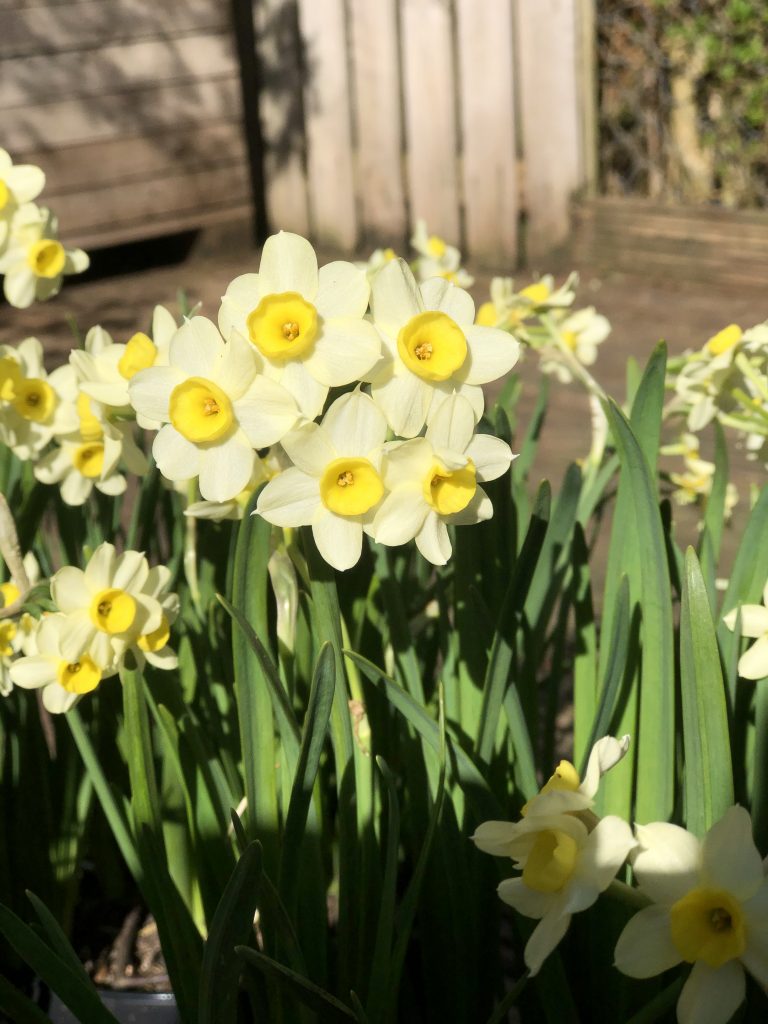
Chapter 1 – Daffodil Definitions
The book’s first of seven chapters introduces the reader to the life cycle and reproduction of the daffodil. It then does a great job of teaching the reader about how the approximately 27,000 varieties of daffodil are split into a number of different divisions.
Division 1 – Trumpet Daffodils
Division 2 – Large Cupped Daffodils
Division 3 – Small Cupped Daffodils
Division 4 – Doubles
Division 5 – Triandrus
Division 6 – Cyclamineus
Division 7 – Jonquils
Division 8 – Tazettas
Division 9 – Poeticus
Division 10 – Bulbocodium
Division 11 – Split Corona
Division 12 – Miscellaneous
Division 13 – Natural Species, Variants, & Hybrids
Miniatures are not in a division of their own, but the miniature varieties within the divisions are often very popular, so can often occupy a class of their own within the divisions.
This chapter produced the greatest learning for me. I had no idea daffodils were split into this many divisions. The photography accompanying the descriptions is stunning, and very helpful as a visual aid to the variety of plants within each division.
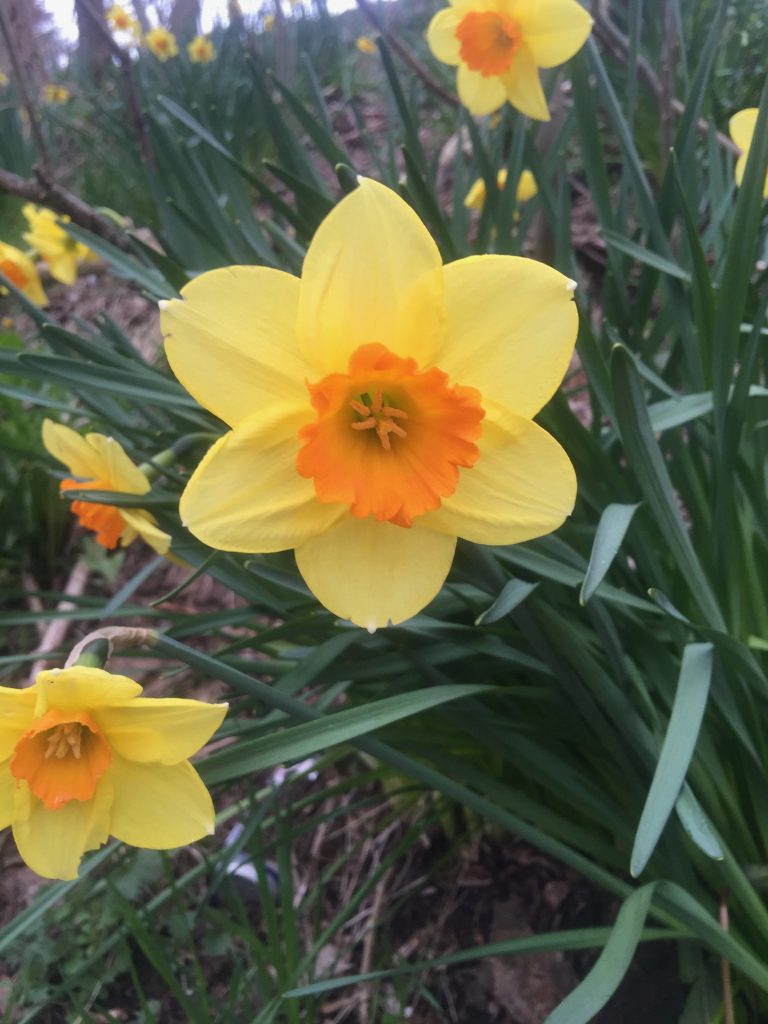
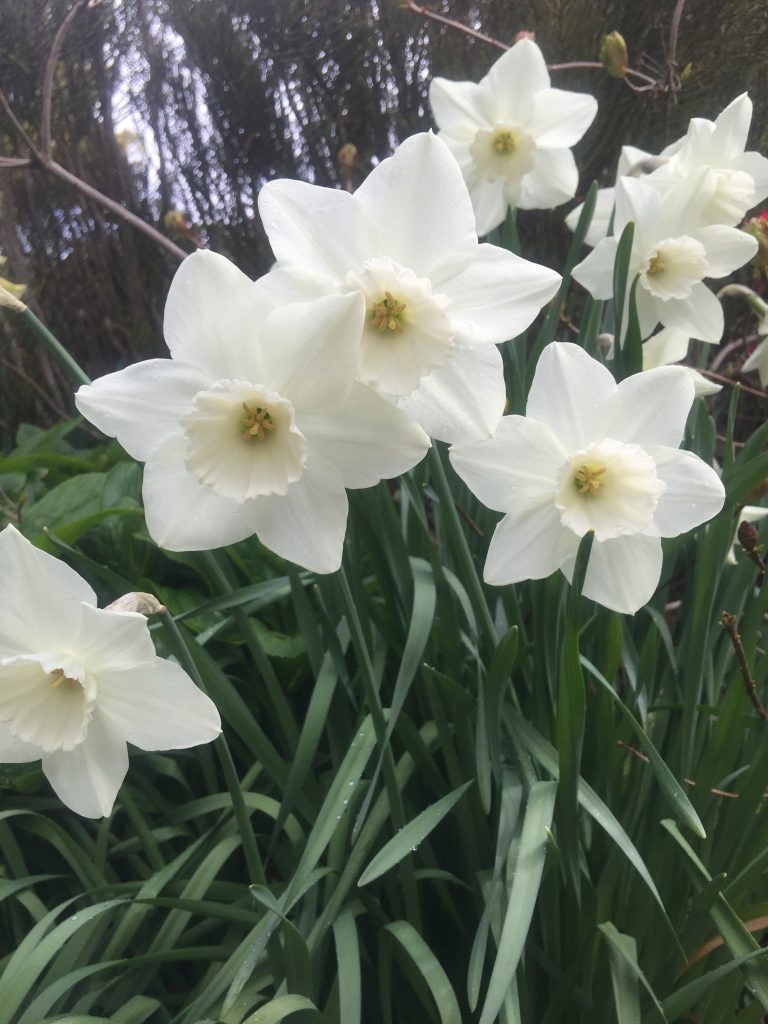
Chapter 2 – From the Tombs of the Pharaohs
This chapter takes the reader on a daffodil journey way back to ancient Egypt, and then to the early daffodil writings of Europeans from the 1500s to 1900s. I enjoy history, and when it is combined with plants I find the subject matter absolutely fascinating. There is clearly a lot of research that has gone into this book, and it really shows in this chapter.
Chapter 3 – Travelling, Changing & Multiplying – The 19th Century
In this century Britons travelled the globe, and with them they brought daffodils. This chapter is another historical look at the spread of daffodils across the globe to climates similar to Britain. This century is also where organised daffodil shows began. Without these obsessive breeders and show goers we would not have the hardy, resilient, stunning wide variety of daffodils we currently have. There is most certainly a variety of daffodil for everyone. For me a daffodil has to withstand ‘the slings and arrows of outrageous fortune’ outside in a garden. It does not need to sit on a show bench for me to adore it. But, if it can do that, and thrive in my garden, then it’s a winner everyday for me.
Chapter 4 – Cornwall: The Centre of the Daffodil Universe
This chapter takes the reader on a trip to the Tamar valley. Not as big as the daffodil industry in Lincolnshire and Holland, but nonetheless, Cornwall has a long history with daffodil growing, and many heritage varieties can still be found there.
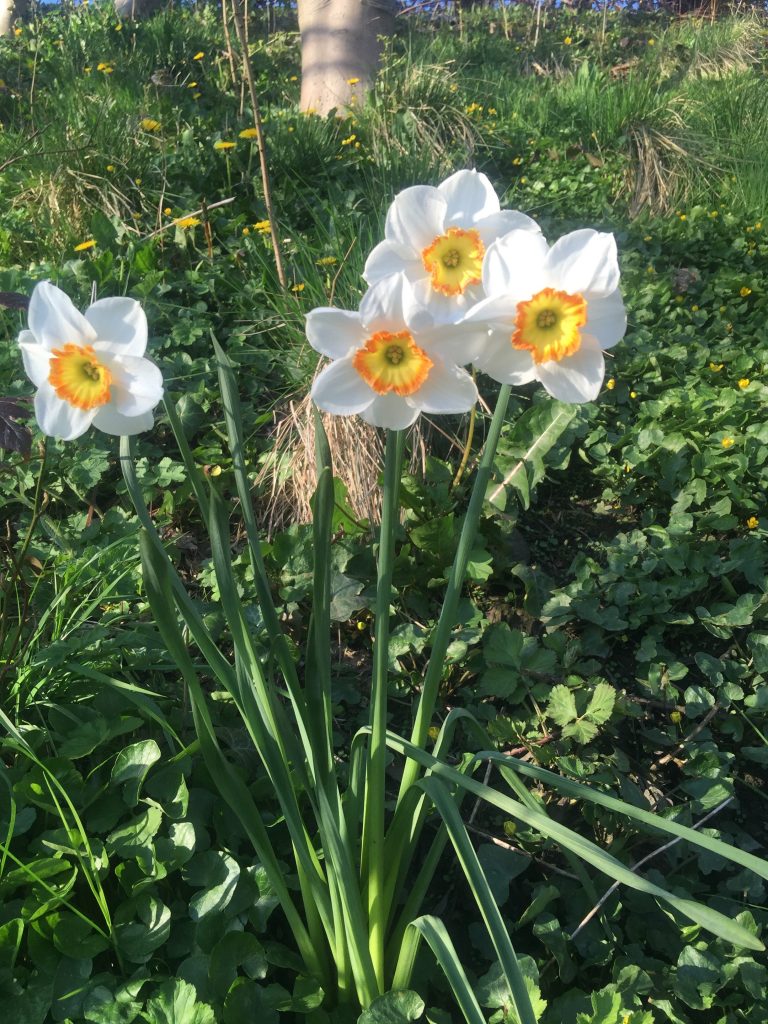
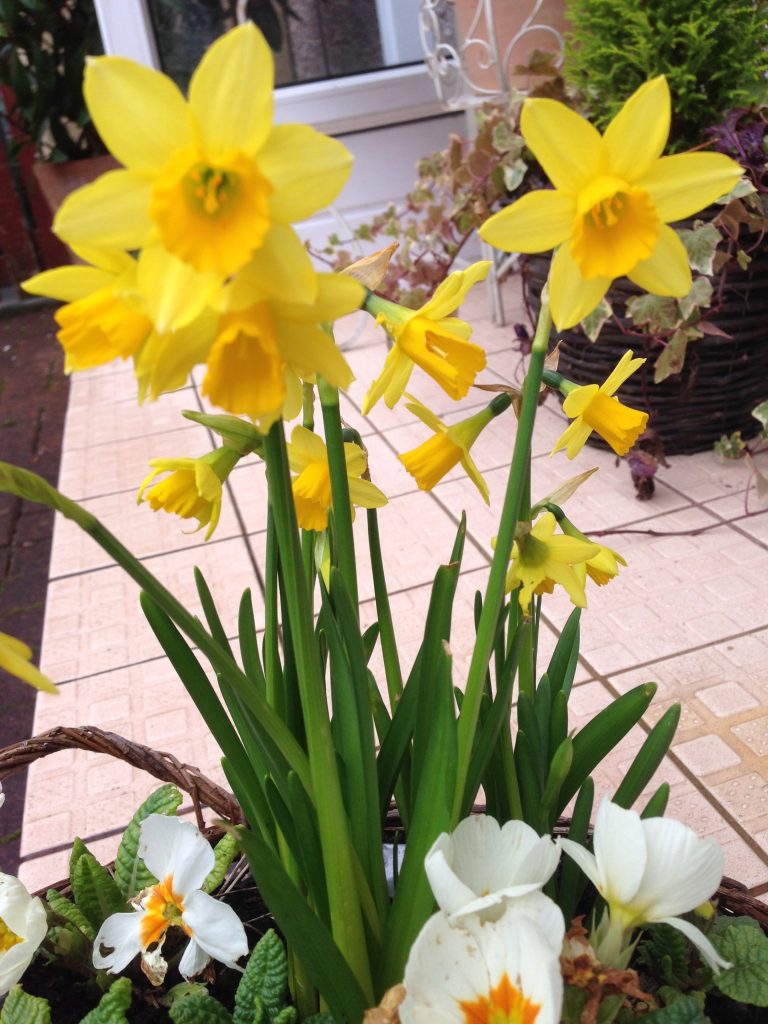
Chapter 5 – Breeders & Conservers: Daffodil People
This chapeter is where the reader will learn about the great and the good of the daffodil world. Without these breeders and collectors we would not have the daffodils we have today. Their collections live on, passed down from generation to generation, sometimes within a family, and sometimes purchased by someone with an entrepreneurial spirit, and/or a conservational heart.
Chapter 6 – Gone Native: Daffodil Colonies & Hotspots
The largest concentration of wild daffodils is not in the Lake District (‘beside the lake, beneath the trees, fluttering and dancing in the breeze’ – from Wordsworth’s famous poem). The largest concentration can be found in a place known as the ‘Golden Triangle’ on the Herefordshire / Gloucestershire border. I did not know that. I do now. This chapter gives me an idea of why this may be the case, and where other daffodil hotspots are situated.
Chapter 7 – Daffodils in the Garden
This chapter is full of information about how and where in the garden daffodils will survive and thrive. Tips on what they like and what they don’t like. There is also a section on daffodils indoors, daffodils in pots, daffodil partners, and daffodil pests and diseases to look out for.
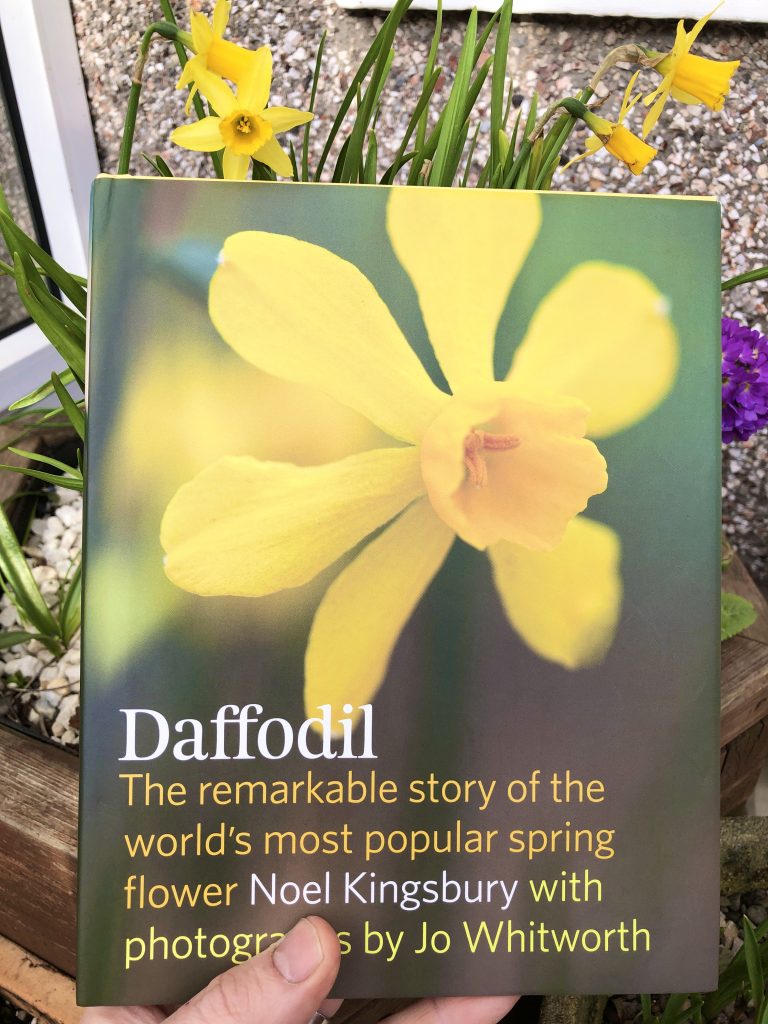
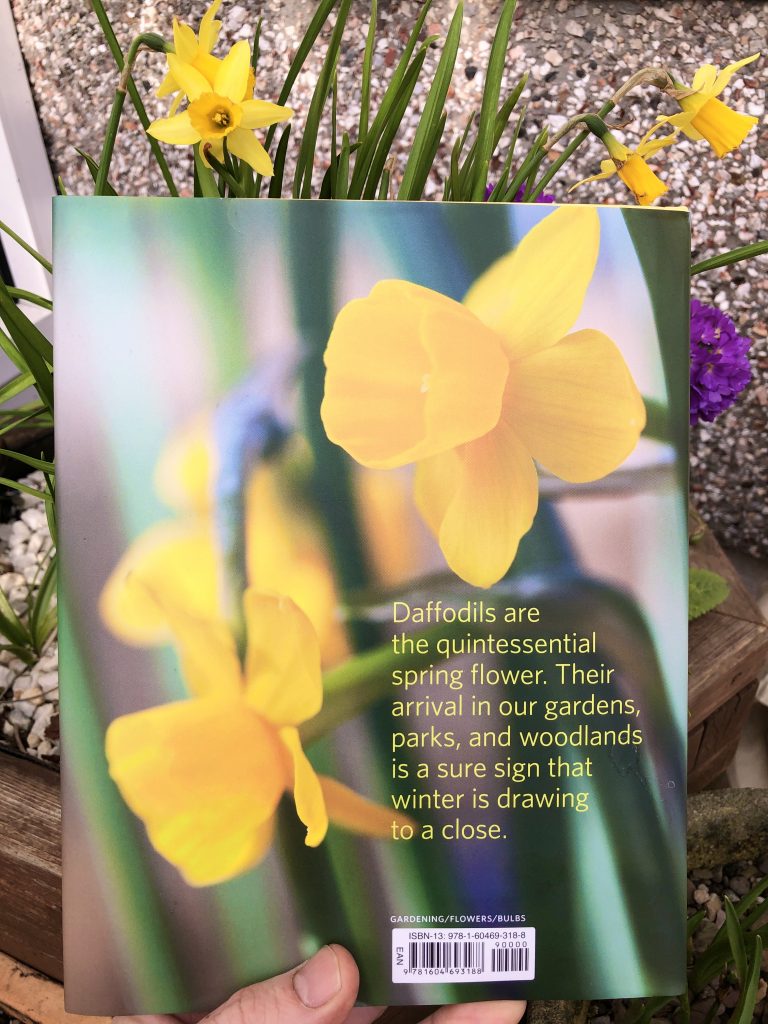
The book concludes with a very useful list of suggested daffodils for best all round varieties, large cupped, small cupped, reverse colours, heirloom, minatures, for indoors, and for varying climates. I will certainly be selecting a few of these suggestions for my own garden.
Summary
I thoroughly enjoyed reading and learning from this book. I have no doubt I will be picking this up time and time again as a reference guide and source of information. It’s a beautiful book to own and cherish.
